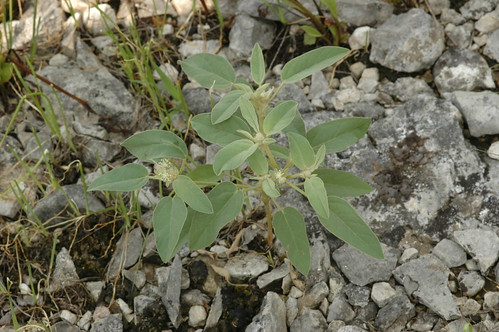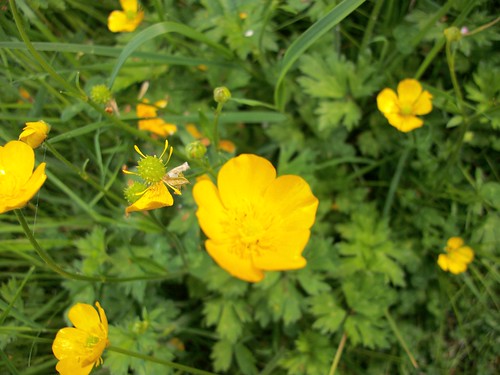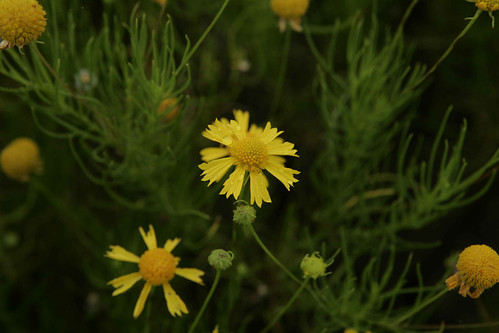Pasture weed control time is now
(500 words)
By Carol Sanders
PINE BLUFF, Ark – The extremely wet spring has kept many ranchers out of their pastures so now is the time to control pasture weeds. It may not be too late to control buttercup, the first weed to emerge, wild garlic or wild onion and thistles, said David Fernandez, Cooperative Extension Program livestock specialist at the University of Arkansas at Pine Bluff.
Some common pasture weeds respond well to late winter-early spring herbicide treatment. Spraying now for buttercup prevents pastures from turning yellow with buttercup flowers. Thistles are best treated in the rosette stage before the flower stalks begin to grow. Two common, toxic Arkansas weeds, bitter sneezeweed and woolly croton, are best controlled in May and June, Fernandez said.
Weeds harm livestock in many ways. They compete with desirable pasture grasses and legumes for nutrients. They may be unpalatable; livestock will not eat them so less feed is available in the pasture. Some may be toxic to livestock while others can cause injuries and pain if they have thorns.
Weed control in pastures can be an effective way to increase production by improving forage availability, Fernandez said.
Mowing, grazing, improving soil fertility and herbicide spraying are among the ways to control weeds. Mow when weeds are in the boot stage before the flowers emerge. Weeds can flower and set seed quickly. Once seeds develop, mowing spreads them further into the pasture.
Some weeds are both palatable and nutritious early in their growth, and livestock will readily graze them. To control weeds by grazing, subdivide weedy pastures and place a high concentration of animals on one paddock. The animals will eat or trample the weeds, said Dr. Fernandez. The grass can recover after the animals are moved to the next paddock. Grazing should not be used to control toxic weeds.
Weeds can outcompete more desirable species under conditions of low fertility. Most of Arkansas’s better pasture grasses and legumes do poorly in acidic soils. Phosphate and potash levels in Arkansas soils tend to be lower than optimum for many forages. Adding lime to control soil pH and fertilizing according to soil test results can give grasses and legumes a chance to outcompete the weeds after an initial round of another control method.
Herbicides kill weeds effectively while avoiding damage to desirable forages. But herbicides are not a miracle cure, and more than one application may be needed in combination with other weed control methods. Different herbicides kill different weeds, and some herbicides can damage pasture grasses and legumes if not applied correctly.
Extension publication MP44, “Recommended Chemicals for Weed and Brush Control,” contains herbicide recommendations for pasture weeds. Your county Extension agent can help you choose which herbicide is appropriate for the weeds on your farm, Fernandez said.
Pursuant to 7 CFR § 15.3, the University of Arkansas System Division of Agriculture offers all its Extension and Research programs and services (including employment) without regard to race, color, sex, national origin, religion, age, disability, marital or veteran status, genetic information, sexual preference, pregnancy or any other legally protected status, and is an equal opportunity institution.
# # #
Media Contact: Carol Sanders
UAPB School of Agriculture, Fisheries and Human Sciences
Cooperative Extension Program
(870) 575-7238
sandersc@uapb.edu
Additional Resources


